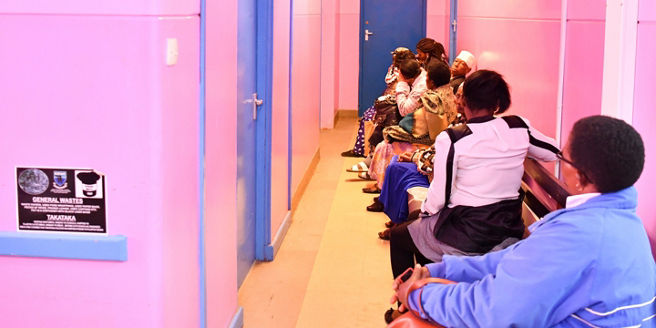Curbing the spread of infectious disease is a battle fought on many fronts. In many cases, rapid and accurate diagnosis is the first and most effective step in meeting this challenge with information and education being critical tools for control.
Screening is the first line of defence, not only for the individual at risk of a worsening condition, but for wider communities. Healthcare providers can share outbreak data with researchers and governmental authorities, allowing for the creation of health management action plans at an individual, a local or even national level.


